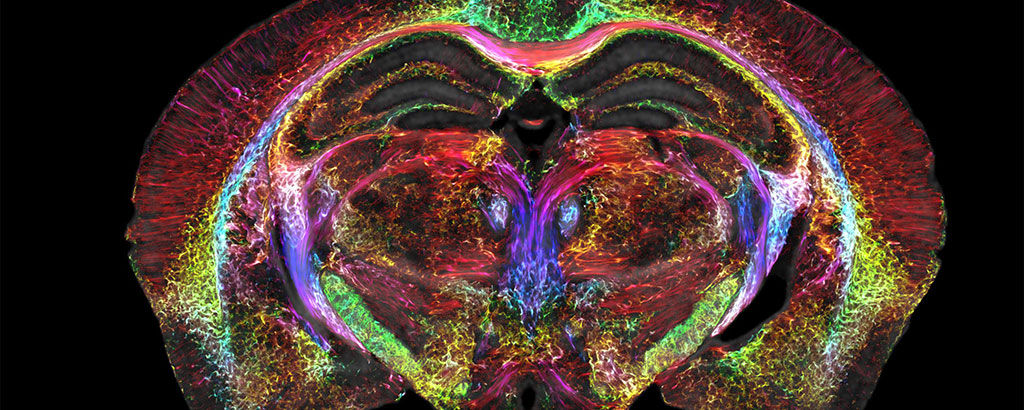Super-Powerful MRI Merged With Light-Sheet Microscopy Provides 64 Million Times Sharper Brain Images
Posted on 19 Apr 2023
MRI technology is utilized to visualize soft, water-rich tissues that are difficult to image using X-rays. Although conventional MRI can detect brain tumors, higher resolution is required to observe the microscopic details within the brain that reveal its organization. In a groundbreaking achievement coinciding with the first MRI's 50th anniversary, researchers have now significantly enhanced MRI resolution, resulting in the clearest images of a mouse brain ever captured.
In decades-long research efforts led by Duke University (Durham, NC, USA), the investigators have produced scans of a mouse brain that are substantially clearer than those of a standard human clinical MRI, comparable to transitioning from pixelated 8-bit graphics to the hyper-realistic detail of a Chuck Close painting. A single voxel in these new images, which can be thought of as a cubic pixel, is only 5 microns in size - 64 million times smaller than a clinical MRI voxel. While the research focused on mice rather than humans, the improved MRI offers a groundbreaking method to visualize the entire brain's connectivity at unparalleled resolution. The researchers believe that the insights gained from mouse imaging will ultimately contribute to a better understanding of human conditions, such as age-related brain changes, dietary impacts, or neurodegenerative diseases like Alzheimer's.

This groundbreaking achievement is the result of nearly 40 years of research. Over these decades, the researchers have refined numerous elements that, when combined, enable the revolutionary MRI resolution. Key components include an incredibly powerful magnet (9.4 Tesla, compared to 1.5 to 3 Tesla in most clinical MRIs), a set of gradient coils 100 times stronger than those in clinical MRIs for generating brain images, and a high-performance computer with the processing power of nearly 800 laptops working simultaneously to image a single brain. After extensively scanning the tissue, it is then imaged using light sheet microscopy, a complementary technique that allows for labeling specific groups of cells throughout the brain, such as those related to Parkinson's disease progression.
The researchers map the light sheet images, which offer a highly precise view of brain cells, onto the original MRI scan, known for its anatomical accuracy and detailed visualization of cells and circuits across the entire brain. This combined whole-brain data imagery allows scientists to explore the brain's microscopic intricacies in unprecedented ways. One set of MRI images reveals how brain-wide connectivity alters with aging in mice and how specific regions, such as the memory-related subiculum, change more than other parts of the brain. Another set of images displays a spectrum of brain connections that emphasize the significant deterioration of neural networks in a mouse model of Alzheimer's disease. By transforming the MRI into an even more powerful microscope, researchers hope to gain a better understanding of mouse models for human diseases, including Huntington's, Alzheimer's, and others. This knowledge should ultimately lead to a deeper comprehension of how similar processes function or malfunction in humans.
“It is something that is truly enabling. We can start looking at neurodegenerative diseases in an entirely different way,” said G. Allan Johnson, Ph.D., the lead author of the new paper and the Charles E. Putman University Distinguished professor of radiology, physics and biomedical engineering at Duke.
Related Links:
Duke University













